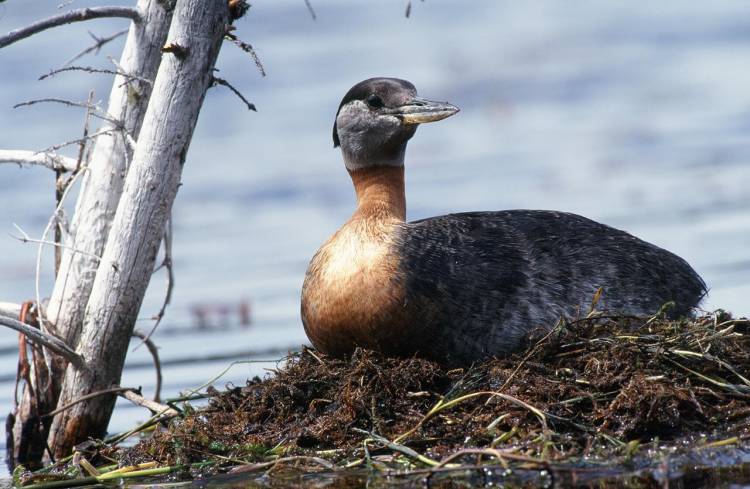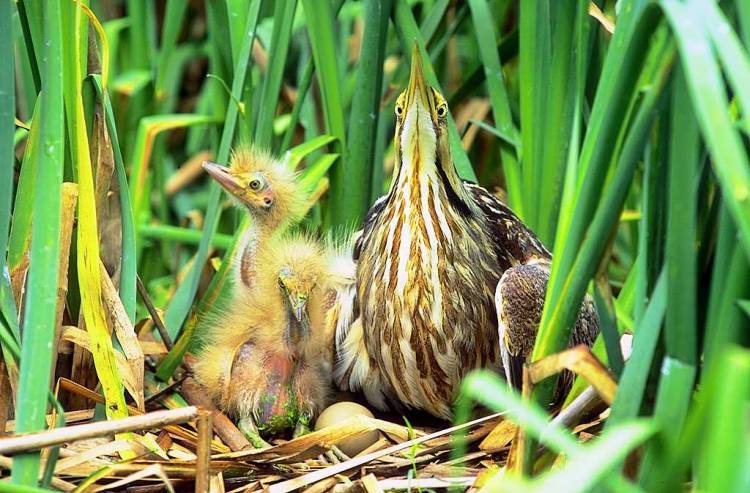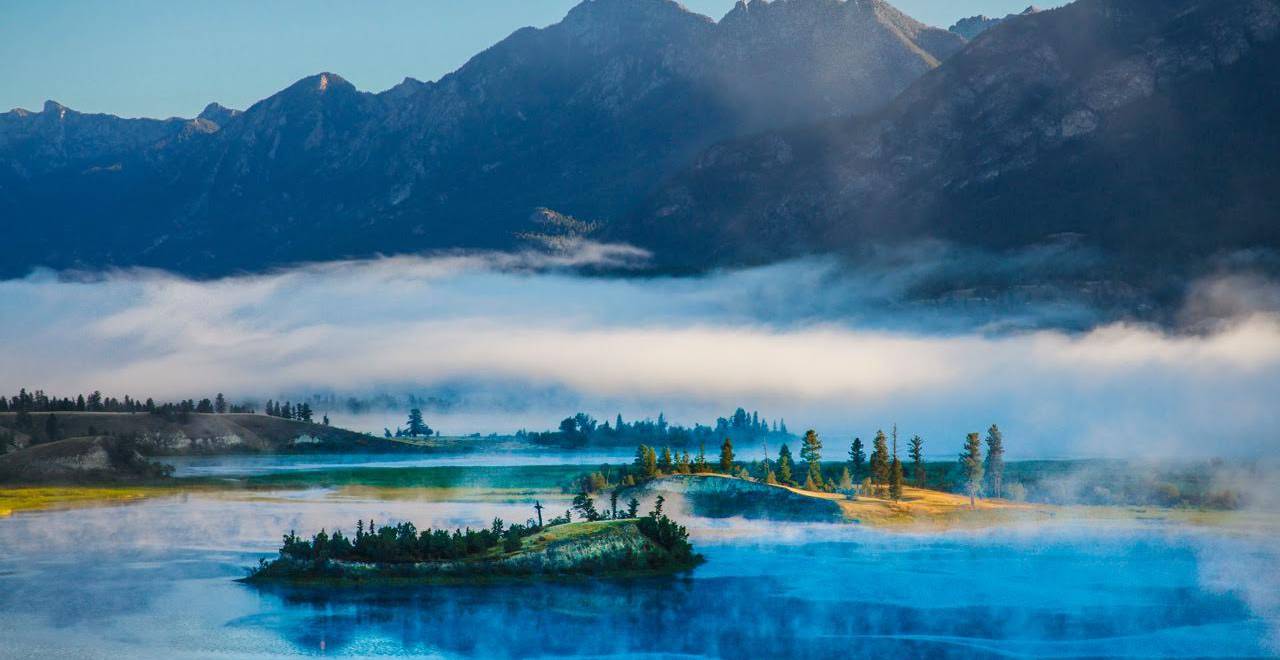Spring is unmistakably in the air again and that familiar desire to get out on the water has returned too. But before we grab our gear and vessels and head out on the open water, now is a perfect time to remind ourselves, even if we are self-propelled, to be careful to protect birds and wildlife in the world renowned Columbia Wetlands and river between Columbia Lake and Donald.
Two years ago, the federal government restricted motorized vessels on the Columbia River through the Columbia Wetlands Wildlife Management Area (CWWMA) to 20 horsepower or less, making high-powered, fast-moving watercraft illegal on the river. And back in 2009, the federal government outlawed all motorized vessels from the wetland portions, outside the main channel of the Columbia River. But it is not just those planning to launch motorized watercraft that need to be mindful. Here’s a quick run-down on the regulations and our recommendations for “green boating.”

The Columbia Wetlands are a vital component of a waterfowl migration route called the Pacific Flyway, which stretches from nesting areas on the Arctic Ocean to wintering grounds in South America. Our wetlands provide nesting, feeding and resting sites which are used intensively by a wide-range of birds, from ducks and geese to Great Blue Herons, Bald Eagles and so many more. Because of the crucial role of the Columbia Wetlands, biologists have recommended that there be no access to sloughs during nesting season. That’s right, from April through June, when birds are sitting on nests and rearing their young, people need to stay out of sloughs and away from any nesting sites.
Disturbances by humans during the rearing season can break up and scatter broods or frighten parents into running ahead of their young, which can make the young waterfowl vulnerable to predators and susceptible to death from severe weather or lack of experience in obtaining food. And these disturbances are not just caused by motorized vessels; even a careful canoeist or kayaker can spook a hen sitting on a nest.

So this boating season, while motorized watercraft will be carefully plying the river with their 20hp and under motors, self-propelled boaters need to be extra careful and aware during these crucial spring months, avoiding marshes and sloughs where sensitive species might be nesting. As the founding principle of the CWWMA states: All activity that occurs in the WMA must have a neutral or positive effect on wildlife, fish and plant communities.
The Columbia Wetlands are an extraordinary place, globally acknowledged as a sanctuary for wildlife and birds. The wetlands are one of the few places on the planet where the interests and well-being of wildlife are considered more important than our recreation wants. For special places to remain special, we all need to do our part to protect them – and sometimes that means giving wildlife the space they need.
Please report violations of fisheries, wildlife or environmental protection laws to BC Conservation Officers at 1-877-952-7277.


